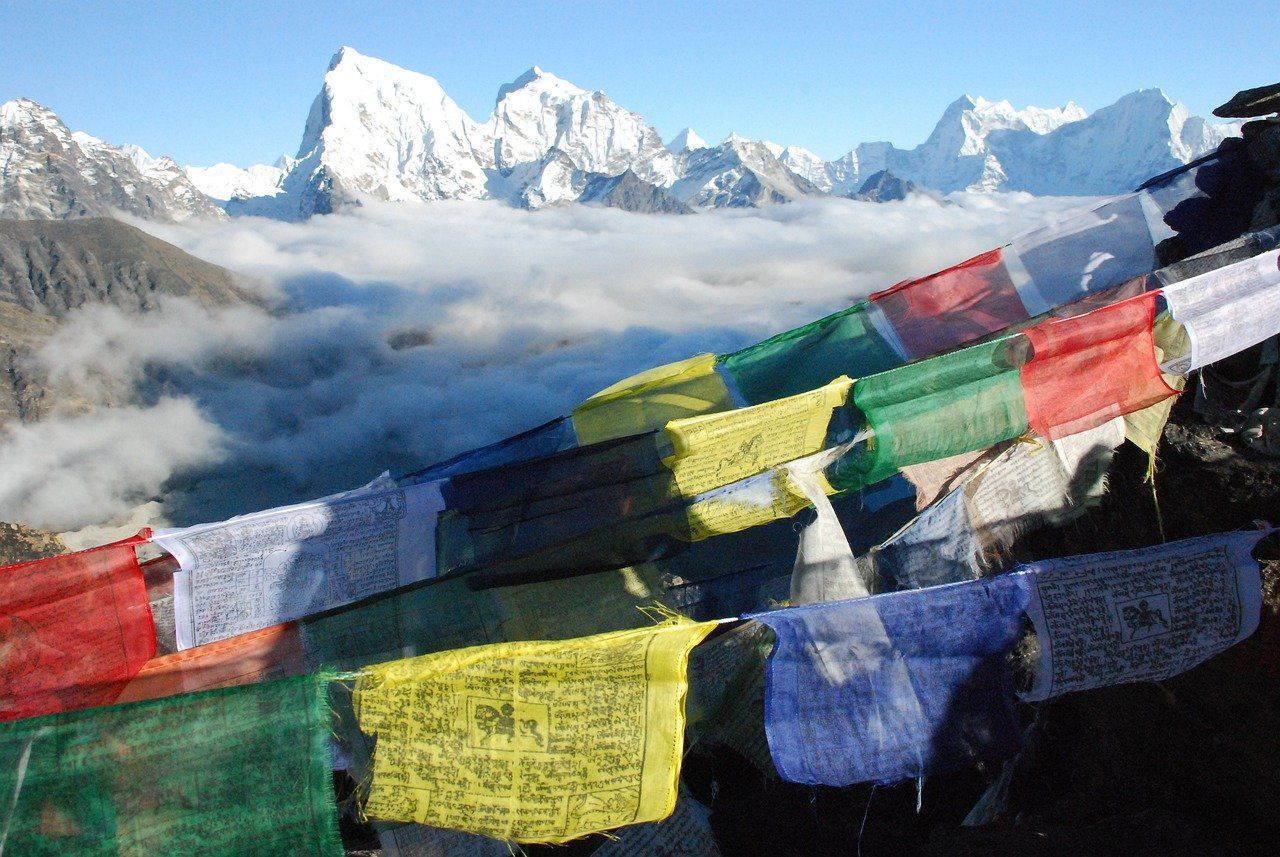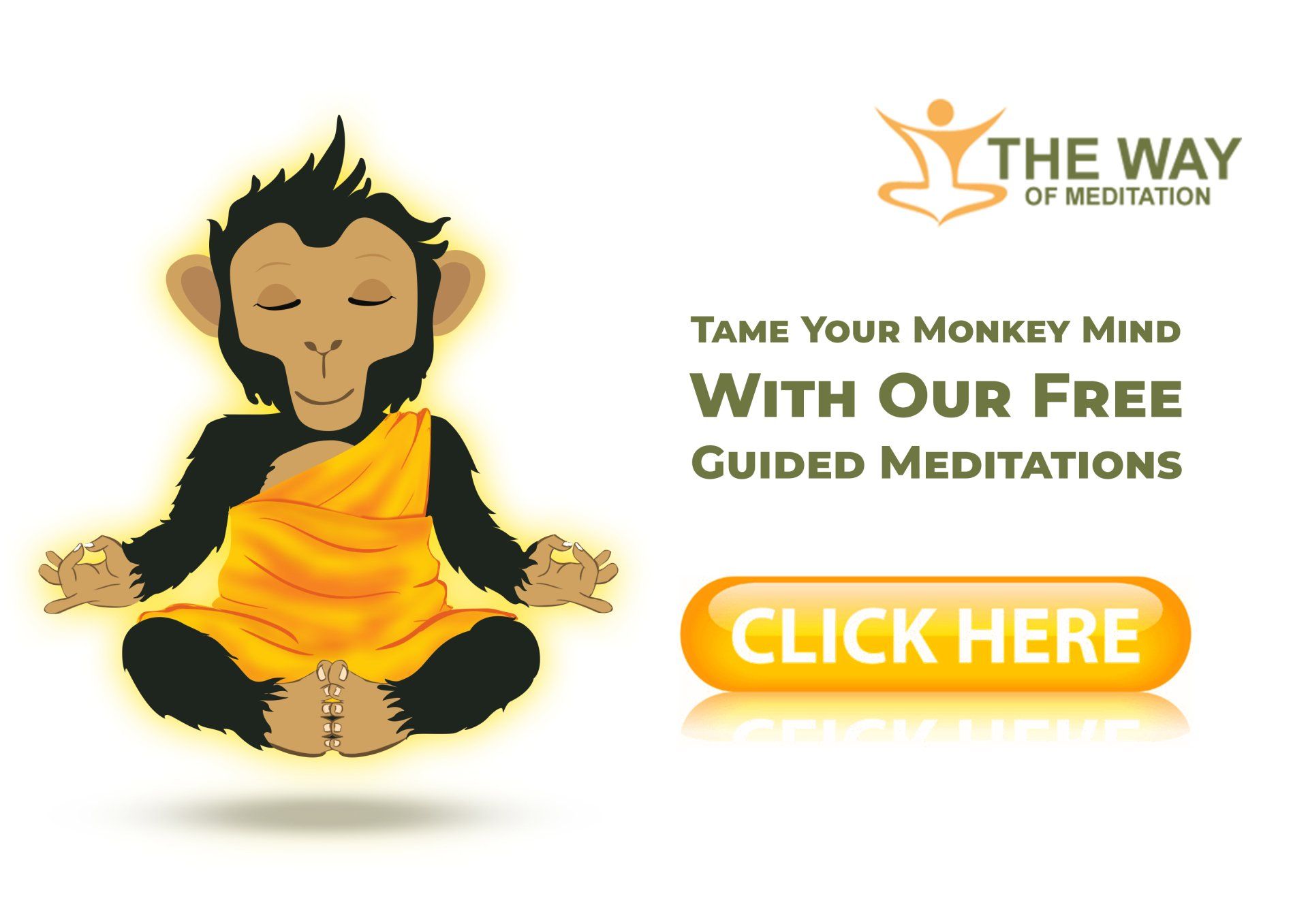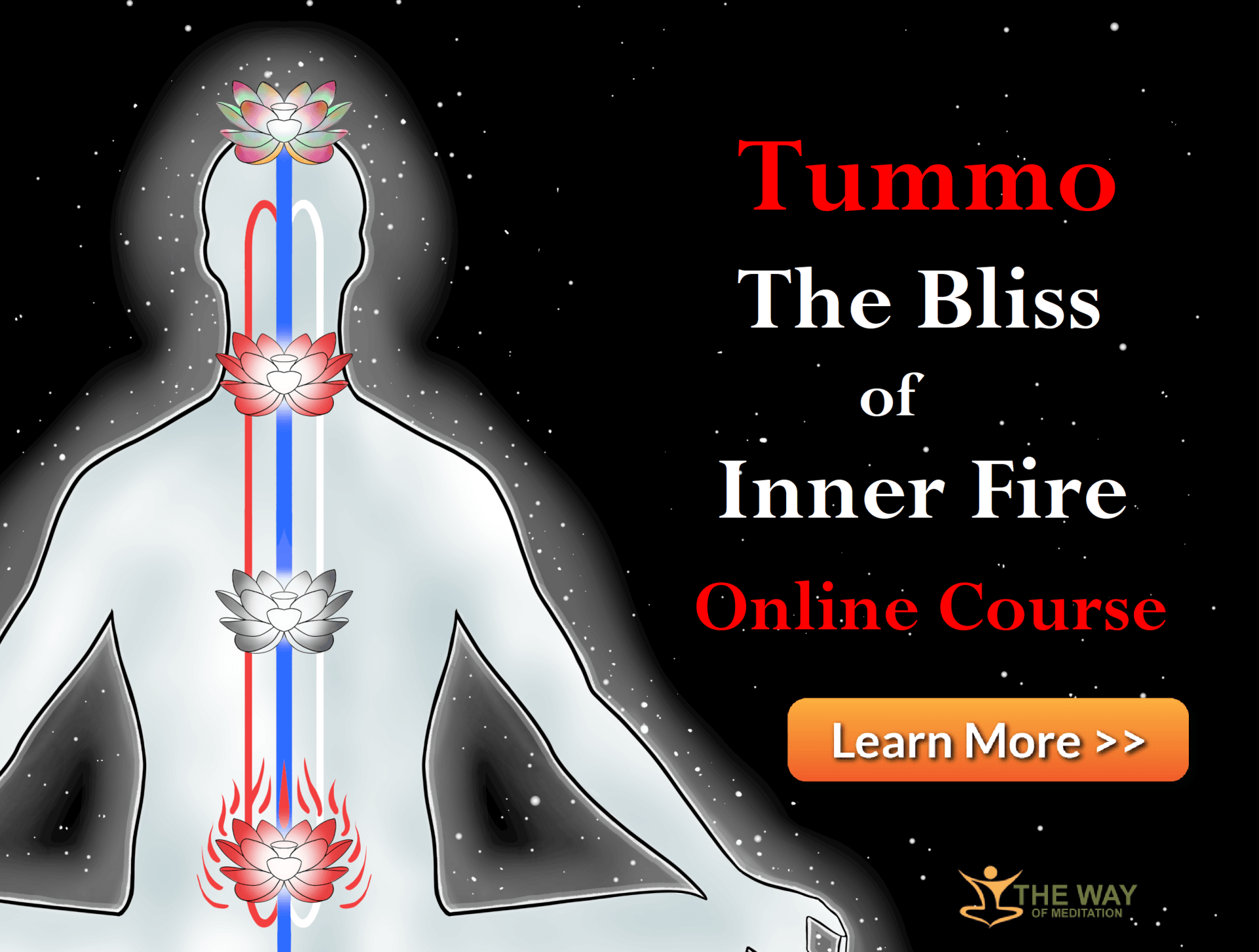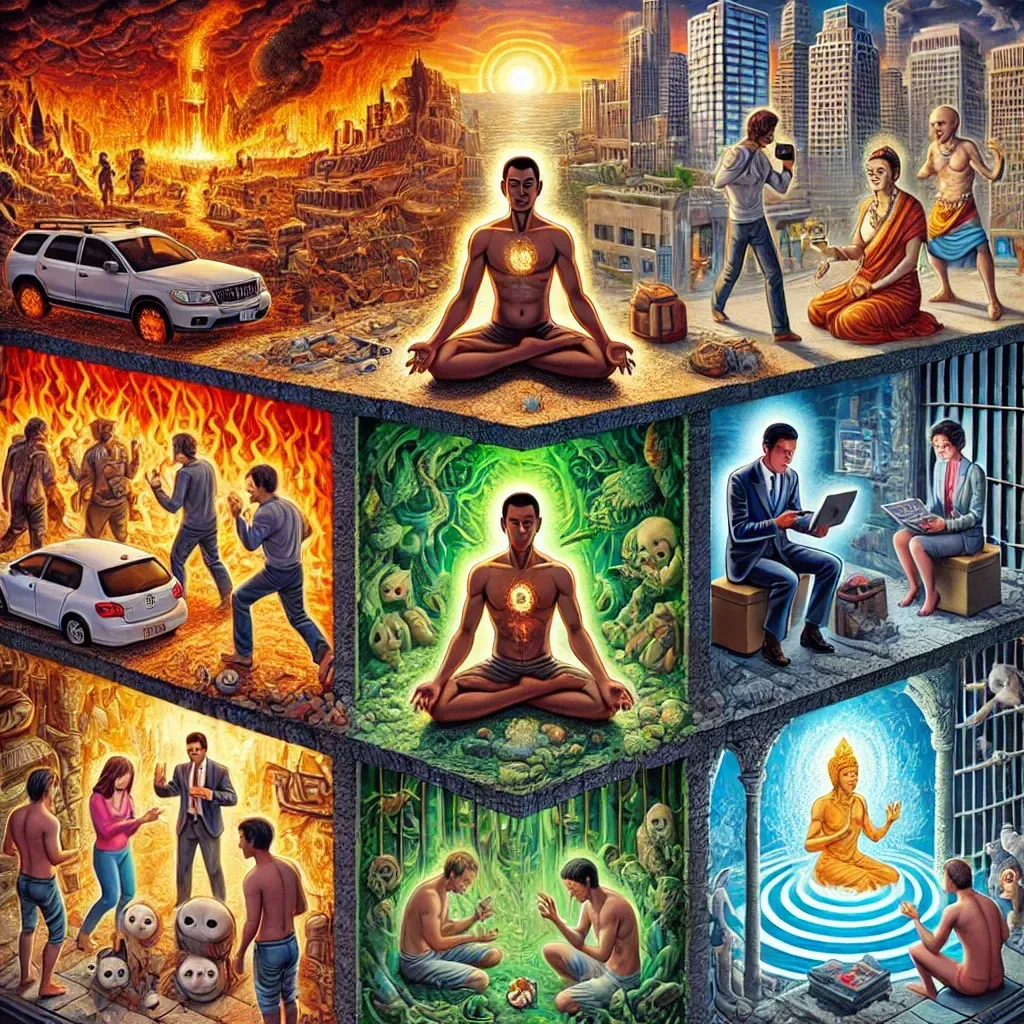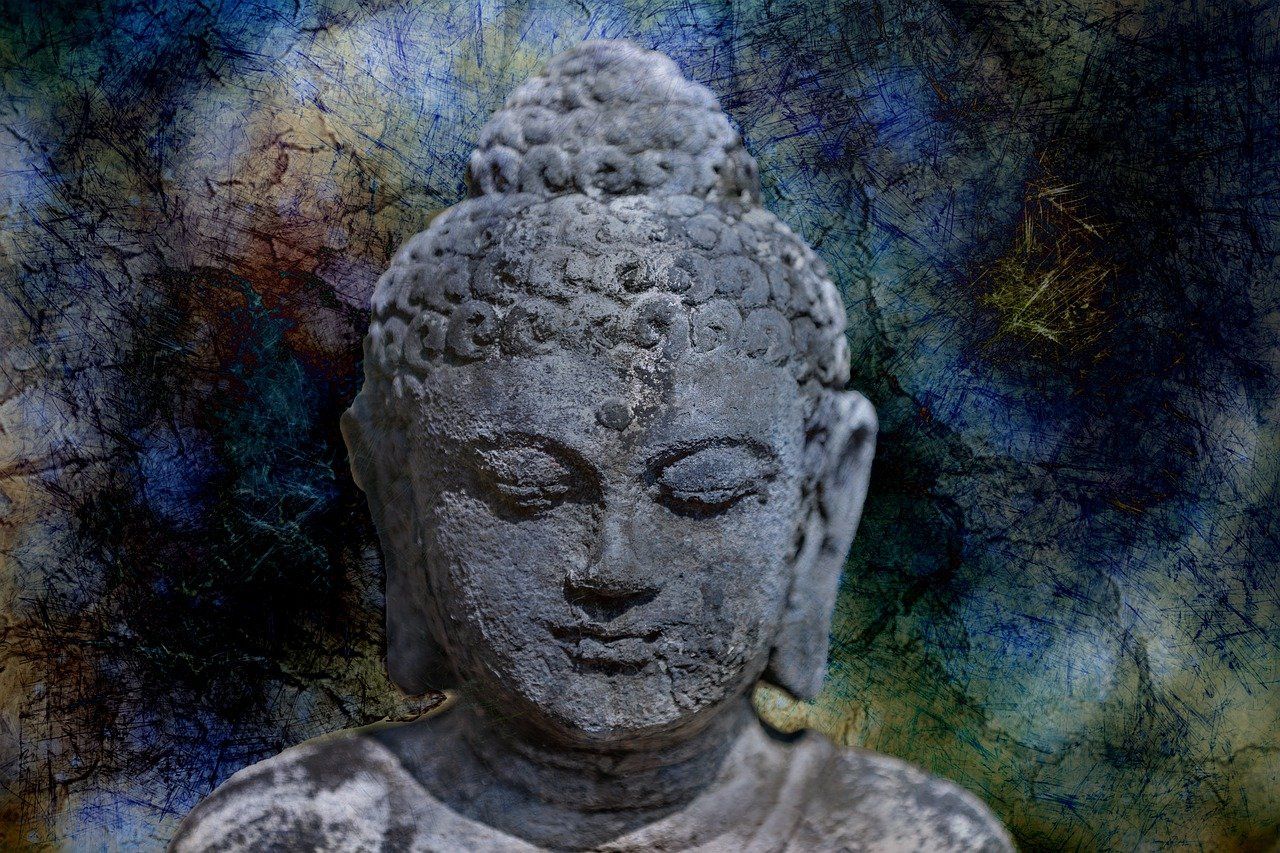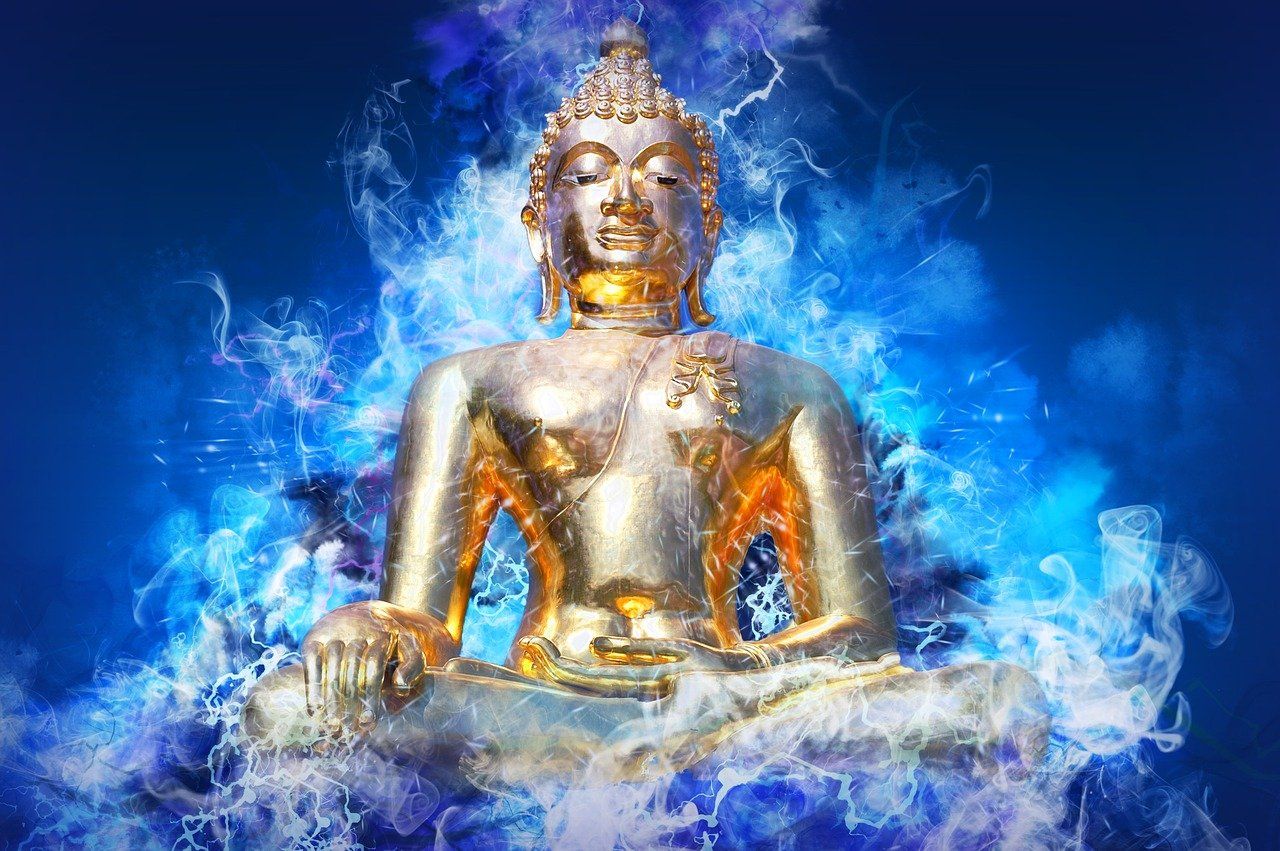The Way of Meditation Blog
Bringing Ancient Wisdom Into The Modern World
Noticing the Gaps: The Fourth State of Consciousness
September 30, 2015
The Fourth State of Consciousness
“ In the ancient spiritual philosophy of India, there’s a term called ‘turiya’ which refers to the fourth state of consciousness. The first state of consciousness is the waking state we all know, while the second and third are the dream state and dreamless sleep. The fourth state of consciousness is thoughtless awareness. You can bring true perspective and balance into your life by moving towards this fourth state.”
At the moment most people are living from the perspective of an endless screen of thinking, judgements, calculations, fears, hopes etc etc but the way of meditation and freedom is to live from the peaceful open space of awareness which is both clear and intelligent.
At the moment most people are living from the perspective of an endless screen of thinking, judgements, calculations, fears, hopes etc etc but the way of meditation and freedom is to live from the peaceful open space of awareness which is both clear and intelligent.
So how do we access this state?
I have been teaching meditation for over ten years and one method that has given beginners the direct experience of this sublime state is to direct them toward the ‘gap between thoughts’. I ask them to notice their thoughts and then see if there isn’t a gap from when one thought finishes and before the next thought arises. People are often surprised to find there is a gap – which is a huge realisation that thoughts are not all that exists in their mind; there is also this thing called awareness. I invite you to pause and look for that gap right now.
This is a simple way for a meditator to experience this sublime state mentioned in ancient scriptures. Here is what modern mystic Eckhart Tolle says on how to find this immanent fourth state of consciousness:
“…When you think, feel, perceive, and experience, consciousness is born into form. It is reincarnating—into a thought, a feeling, a sense perception, an experience. The cycle of rebirths that Buddhists hope to get out of eventually is happening continuously, and it is only at this moment—through the power of Now—that you can get out of it.
Meditation Master Sogyal Rinpoche says this about the gap:
“When one past thought has ceased and a future thought has not yet risen, in that gap, in between, isn’t there a consciousness of the present moment; fresh, virgin, unaltered by even a hair’s breadth of a concept, a luminous, naked awareness?
Well, that is what Enlightened Awareness is!”
Well, that is what Enlightened Awareness is!”
This is a simple way for a meditator to experience this sublime state mentioned in ancient scriptures. Here is what modern mystic Eckhart Tolle says on how to find this immanent fourth state of consciousness:
“…When you think, feel, perceive, and experience, consciousness is born into form. It is reincarnating—into a thought, a feeling, a sense perception, an experience. The cycle of rebirths that Buddhists hope to get out of eventually is happening continuously, and it is only at this moment—through the power of Now—that you can get out of it.
Through complete acceptance of the form of the Now, you become internally aligned with space, which is the essenc e of Now. Through acceptance, you become spacious inside. Aligned with space instead of form: That brings true perspective and balance into your life.
Throughout the day, there is a continuously changing succession of things that you see and hear. In the first moment of seeing something or hearing a sound—and more so if it is unfamiliar—before the mind names or interprets what you see or hear, there is usually a gap of alert attention in which the perception occurs. That is the inner space.
Its duration differs from person to person. It is easy to miss because in many people those spaces are extremely short, perhaps only a second or less.
This is what happens: A new sight or sound arises, and in the first moment of perception, there is a brief cessation in the habitual stream of thinking. Consciousness is diverted away from thought because it is required for sense perception. A very unusual sight or sound may leave you “speechless”— even inside, that is to say, bring about a longer gap.
The frequency and duration of those spaces determine your ability to enjoy life, to feel an inner connectedness with other human beings as well as nature. It also determines the degree to which you are free of ego because ego implies complete unawareness of the dimension of space.
When you become conscious of these brief spaces as they happen naturally, they will lengthen, and as they do, you will experience with increasing frequency the joy of perceiving with little or no interference of thinking. The world around you then feels fresh, new, and alive. The more you perceive life through a mental screen of abstraction and conceptualization, the more lifeless and flat the world around you becomes.”
Excerpt from Eckhart Tolle's book A New Earth
Throughout the day, there is a continuously changing succession of things that you see and hear. In the first moment of seeing something or hearing a sound—and more so if it is unfamiliar—before the mind names or interprets what you see or hear, there is usually a gap of alert attention in which the perception occurs. That is the inner space.
Its duration differs from person to person. It is easy to miss because in many people those spaces are extremely short, perhaps only a second or less.
This is what happens: A new sight or sound arises, and in the first moment of perception, there is a brief cessation in the habitual stream of thinking. Consciousness is diverted away from thought because it is required for sense perception. A very unusual sight or sound may leave you “speechless”— even inside, that is to say, bring about a longer gap.
The frequency and duration of those spaces determine your ability to enjoy life, to feel an inner connectedness with other human beings as well as nature. It also determines the degree to which you are free of ego because ego implies complete unawareness of the dimension of space.
When you become conscious of these brief spaces as they happen naturally, they will lengthen, and as they do, you will experience with increasing frequency the joy of perceiving with little or no interference of thinking. The world around you then feels fresh, new, and alive. The more you perceive life through a mental screen of abstraction and conceptualization, the more lifeless and flat the world around you becomes.”
Excerpt from Eckhart Tolle's book A New Earth
Get A FREE
Guided Meditation Series
with Chad Foreman
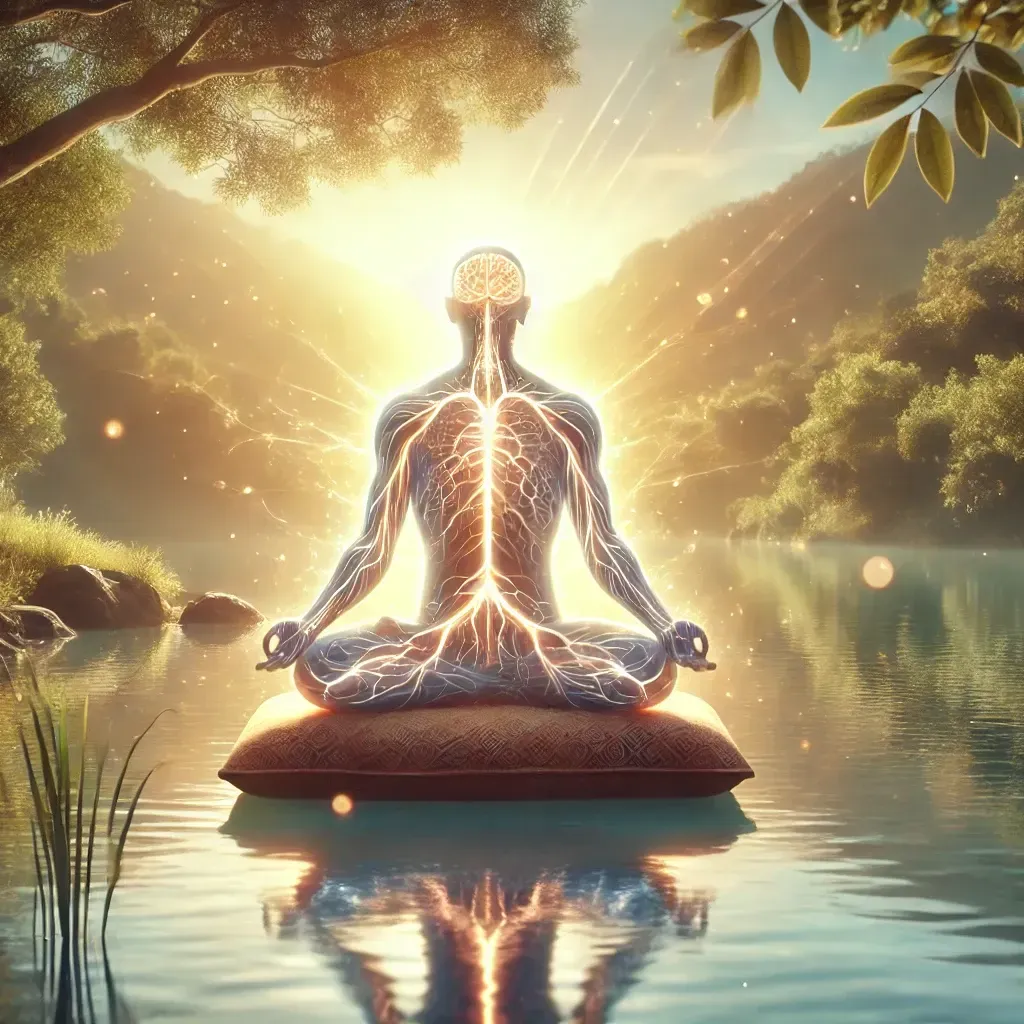
In today’s fast-paced world, the mind often races, driven by the demands of work, family, and personal ambitions. Meditation is commonly seen as a practice to calm the mind, foster inner peace, and connect with deeper aspects of existence. Yet, one crucial element often overlooked is the state of the body, particularly the nervous system. Relaxing the nervous system isn’t just a preparatory step; it is foundational for unlocking the deeper states of awareness and tranquility that meditation promises. Drawing insights from my journey and teachings, we will explore why this is so vital and how it transforms the meditative experience.



